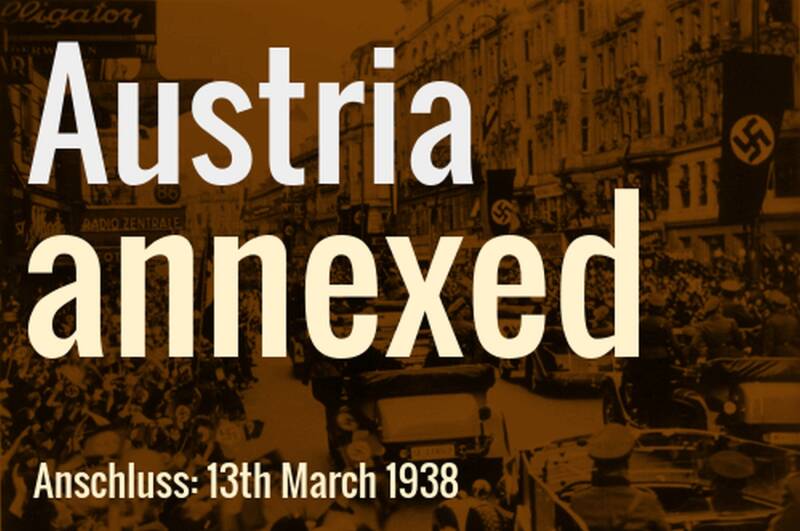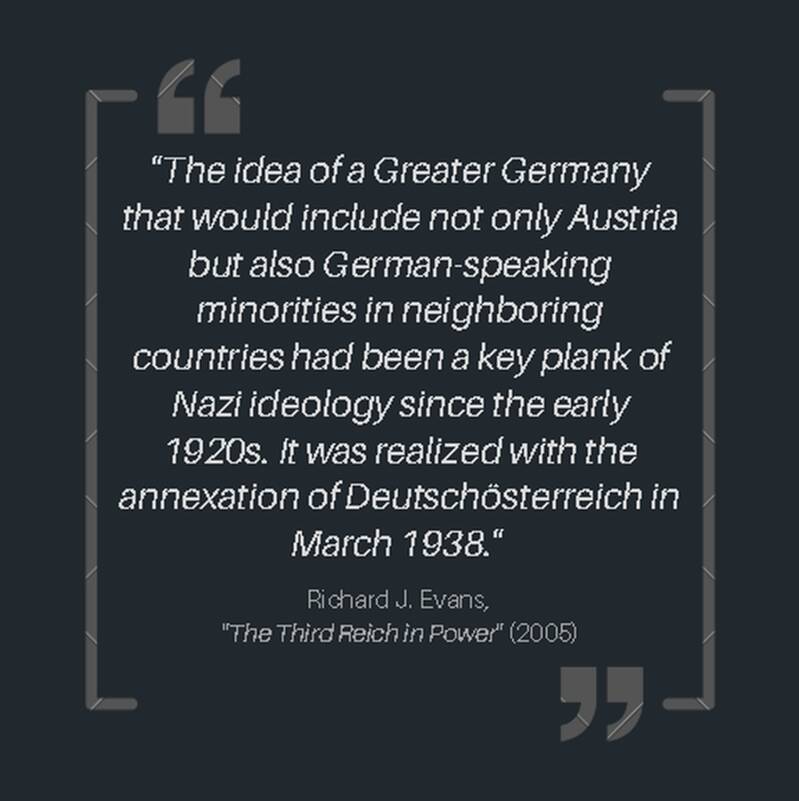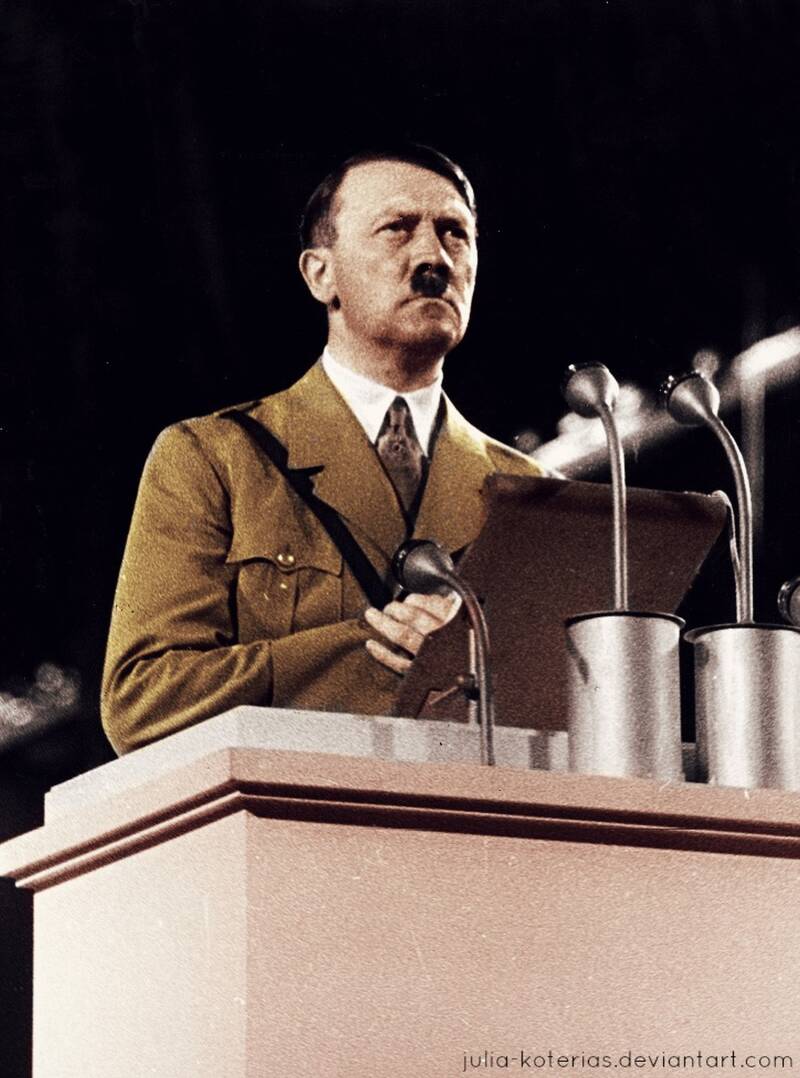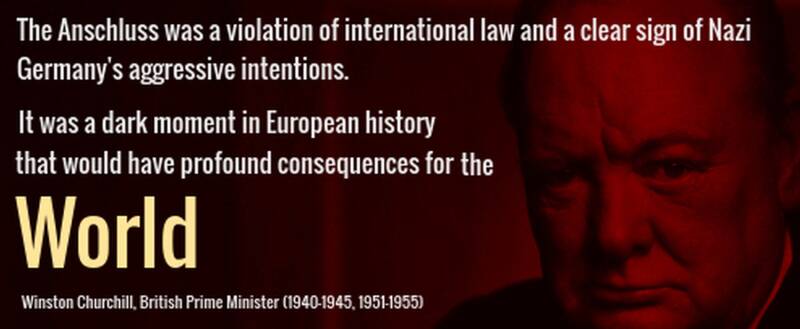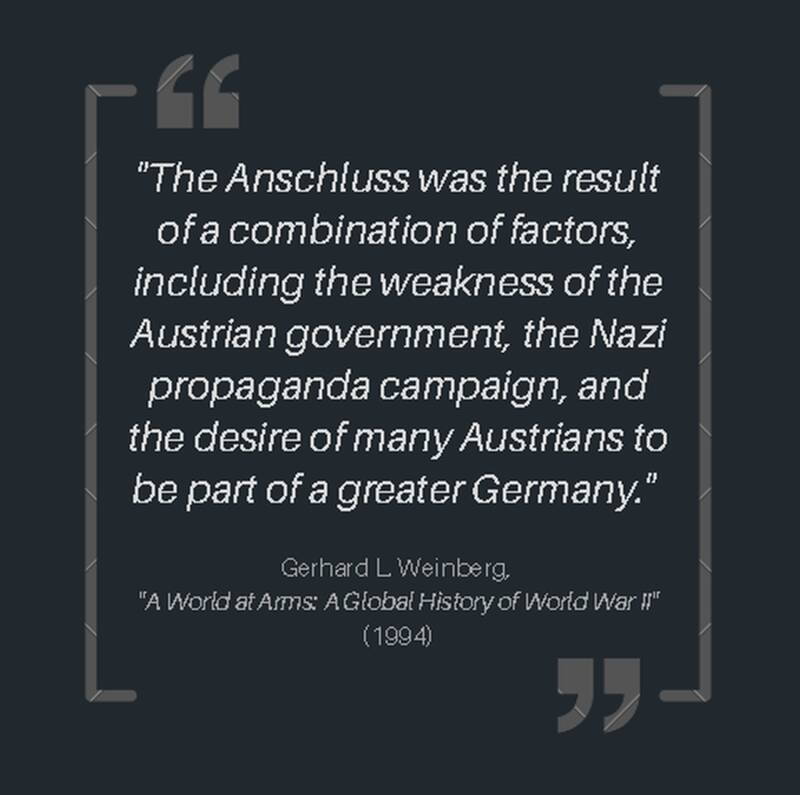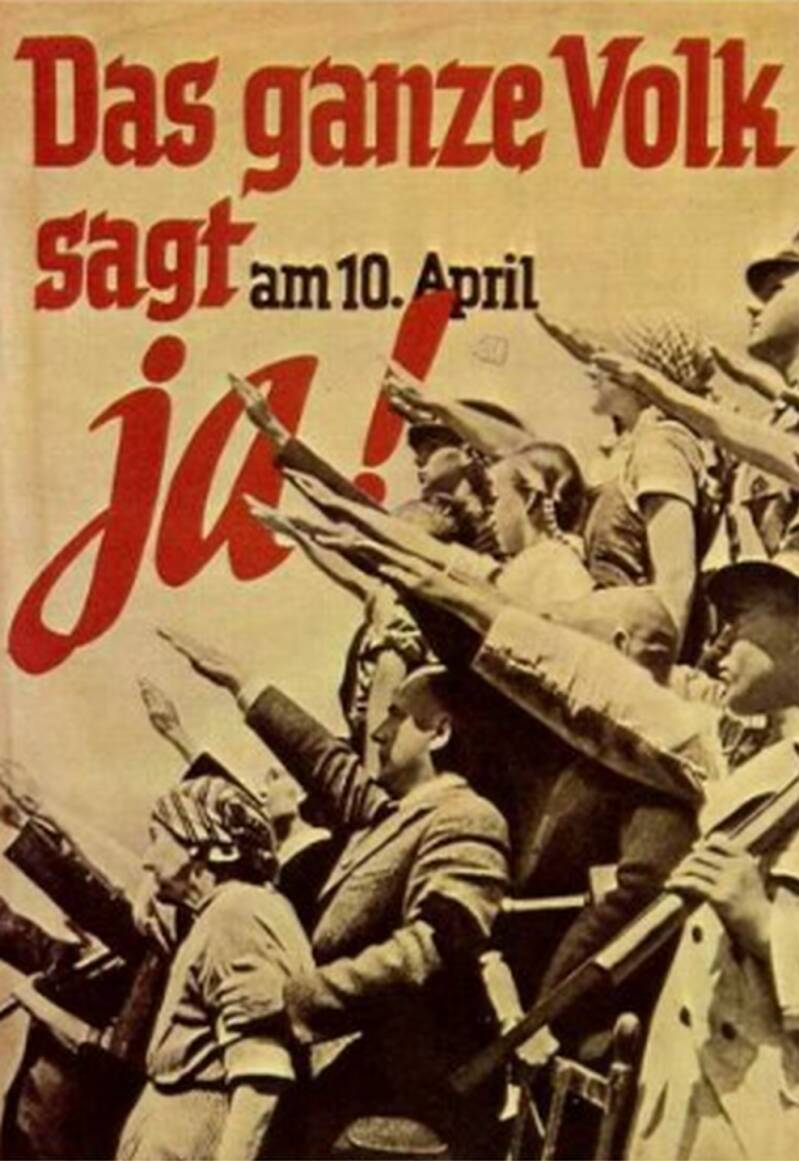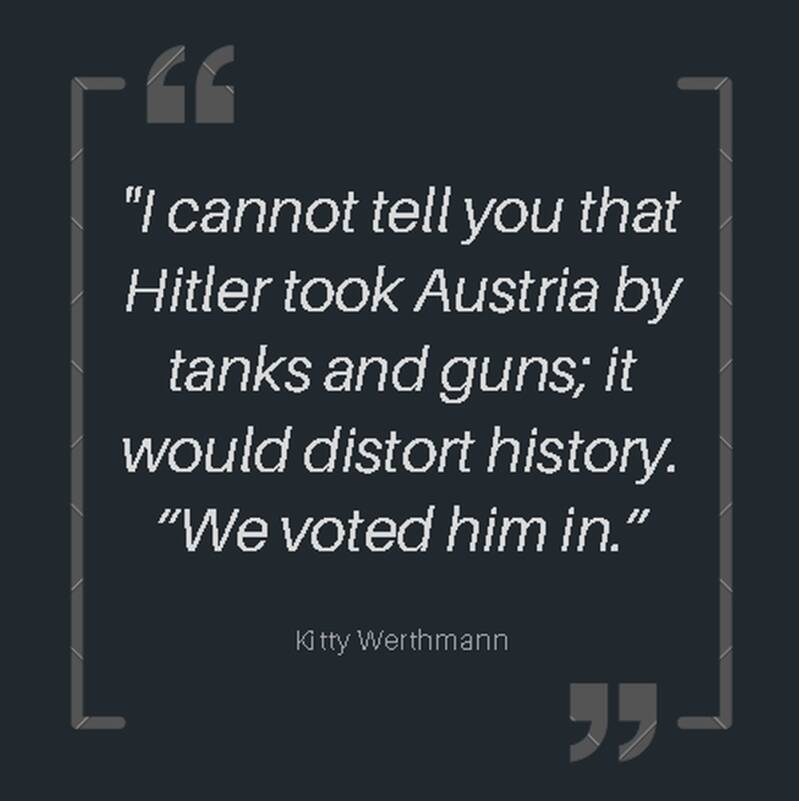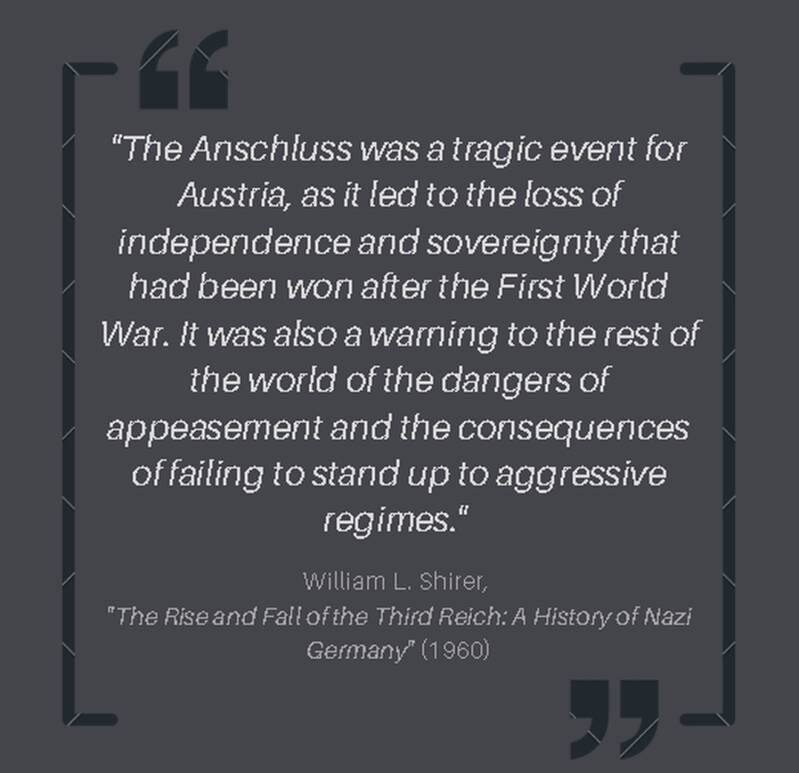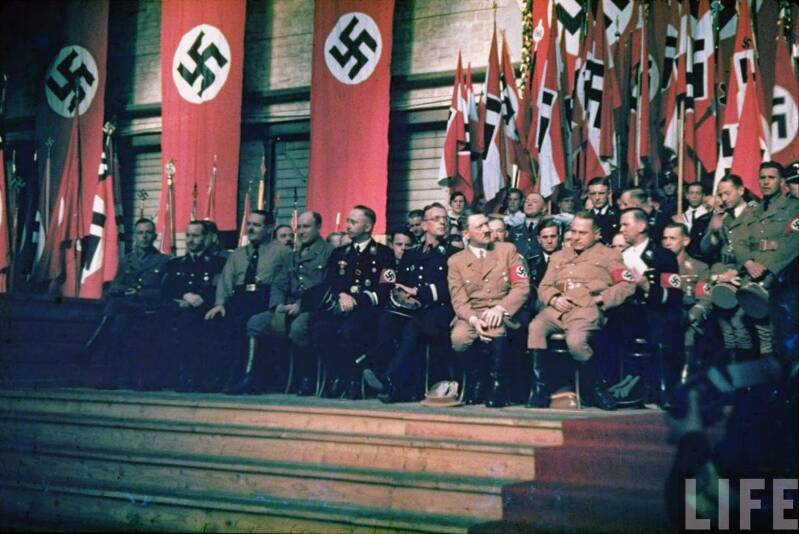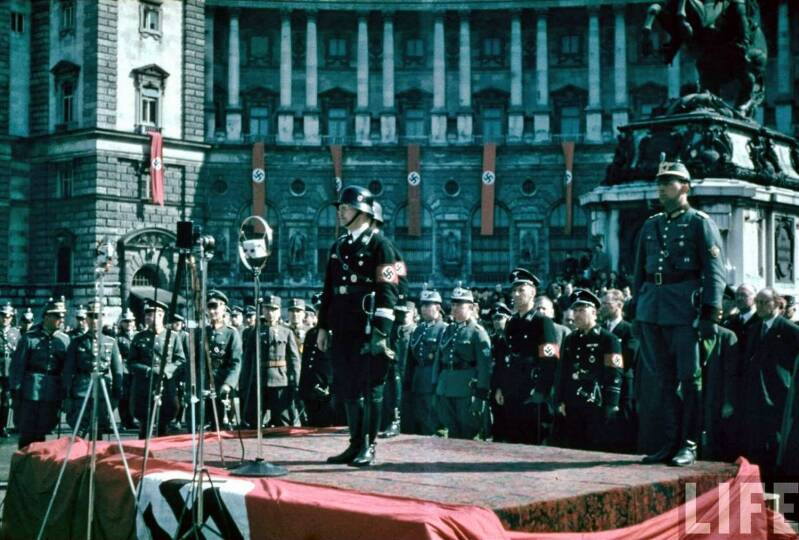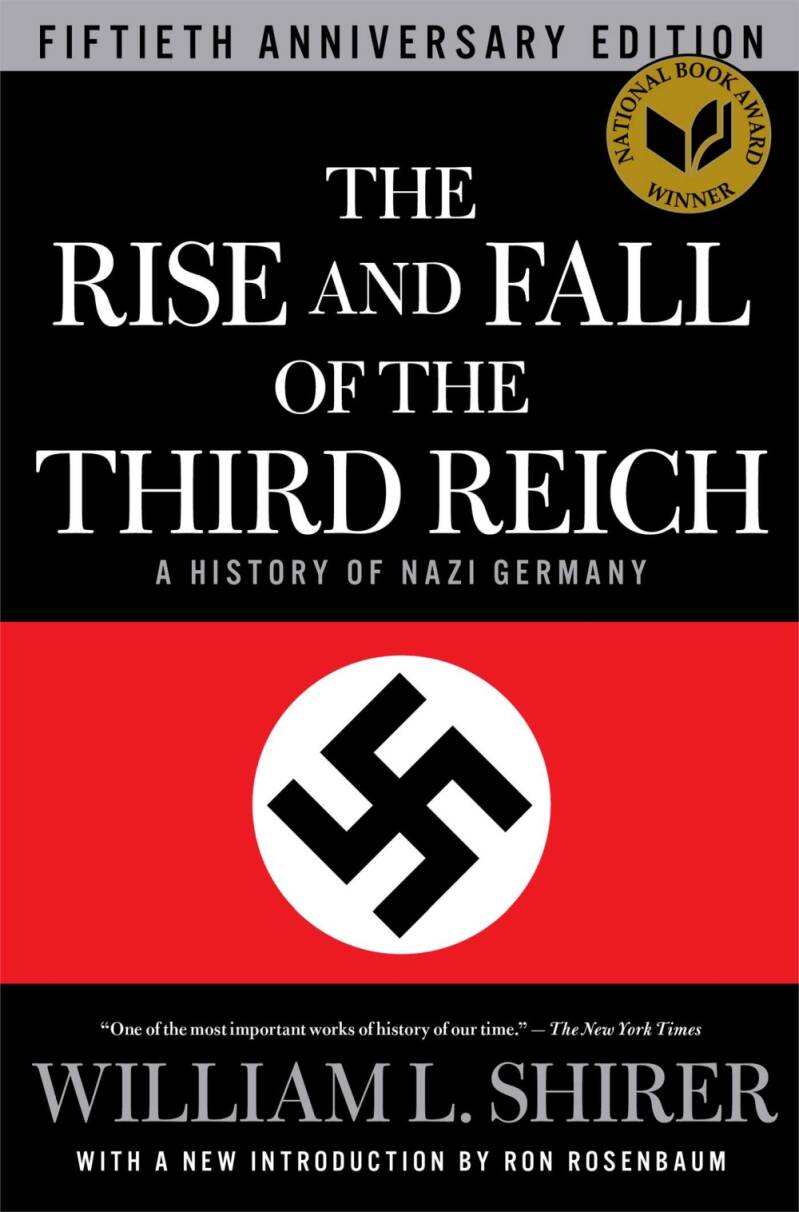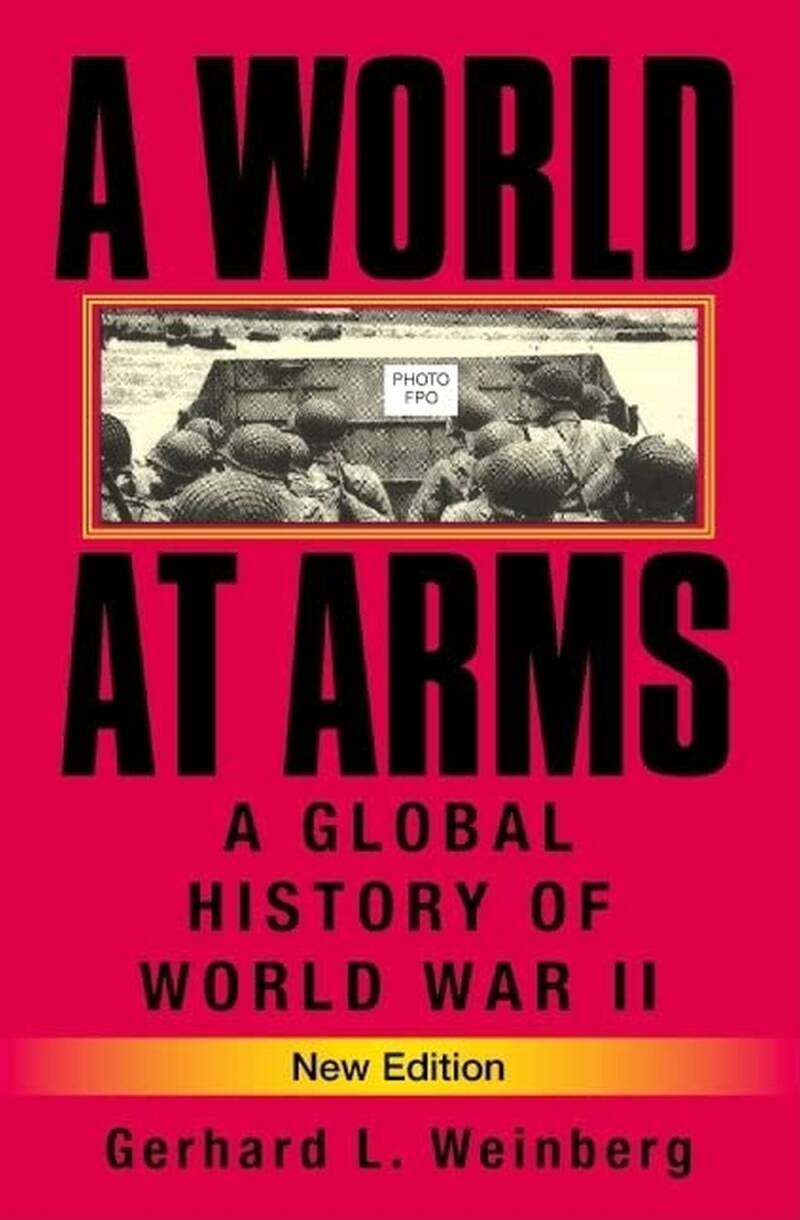A political union
The Anschluss was the annexation of the Federal State of Austria into the German Reich on 13 March 1938.
The German word "Anschluss" means "joining or connecting," and it has various meanings.
It can also mean "unification," "political union," or "political annexation."
The term is most commonly used in reference to the spring of 1938, the year in which Austria was formally unified with Germany.
Deutschösterreich
After Germany's unification in 1871, which excluded Austria and the German Austrians from the Prussian-dominated German Empire, the idea of an Anschluss (a unified Austria and Germany that would constitute a "Greater Germany") emerged.
The newly established Republic of German-Austria attempted to unite with Germany in 1918 after World War I came to an end with the fall of the Austro-Hungarian Empire, but the Treaties of Saint Germain (10 September 1919) and Versailles (28 June 1919) forbade the union and the continued use of the name "German-Austria" (Deutschösterreich); they also stripped Austria of some of its territories, such as the Sudetenland.
The German Confederation 1815-1866.
Prior to the Anschluss, there had been significant support for the unification of Austria and Germany.
In the immediate aftermath of the dissolution of the Habsburg monarchy, when Austria was left as a broken remnant, stripped of the majority of the territories it had ruled for centuries, and facing a dire economic crisis, the idea of unification with Germany seemed appealing to many people on the political left and centre.
Support for unification with Germany was not primarily based on politics but rather on the idea that Austria, having lost its imperial lands, was not economically viable. However, over time, popular support for the unification gradually decreased, despite the idea still existing in modern Austrian political discourse.
Rise of Hitler
The desire for unification, however, came to be associated with the Nazis after 1933, when Adolf Hitler came to power in Germany.
For the Nazis, it was a central component of the Nazi "Heim ins Reich" concept, which aimed to incorporate as many Volksdeutsche (ethnic Germans outside of Germany) into a "Greater Germany."
Agents of Nazi Germany worked to weaken the Austrofascist Fatherland Front-run Austrian government by cultivating pro-unification sentiments there. Austrian Nazis killed Austrian chancellor Engelbert Dollfuss in 1934 during a putsch attempt.
Numerous prominent Austrian Nazis fled to exile in Germany after the coup's failure, where they continued to work for the unification of the two nations.
Adolf Hitler, who led the Nazi efforts to unify Germany and Austria.
Referendum
Chancellor Kurt Schuschnigg proposed a referendum (plebiscite) on the subject of whether Austria should remain independent or not, for March 13, 1938, in response to rioting by the tiny but aggressive Austrian Nazi Party and growing German demands on Austria.
Infuriated, Adolf Hitler threatened an invasion of Austria on 11th March and demanded that Chancellor von Schuschnigg step down and be replaced by the Nazi Arthur Seyss-Inquart.
Hitler intended for Seyss-Inquart to issue an urgent plea for German troops to hasten to Austria's assistance, restoring order and lending the invasion legitimacy. Schuschnigg notified Seyss-Inquart that the referendum would be cancelled in response to this threat.
Truck with supporters of Austrian Chancellor Kurt Schuschnigg (pictured on the posters) campaigning to vote for the independence of Austria in a proposed March 1938 referendum.
Chancellor Kurt Schuschnigg
Arthur Seyss-Inquart.
Schuschnigg overthrew the one-party system in order to win a significant majority in the referendum. In exchange for their backing in the referendum, he consented to granting legal status to the Social Democrats and associated labour unions.
Because the Nazi movement was most popular among young people, he also raised the voting age to 24 in order to bar younger voters. When it became clear that Hitler would not watch as Austria proclaimed its independence through popular vote, the plan failed.
Hitler claimed that there would be significant fraud in the referendum and that Germany would never accept the results.
Additionally, the German ministry of propaganda released news stories claiming that riots had started in Austria and that a significant portion of the Austrian populace was requesting the deployment of German troops to restore order. Immediately after hearing tales of disturbances, Schuschnigg refuted them, but the damage was done.
"Your Thanks Is Your Yes Vote, One People, One Reich, One Leader" Austrian Plebiscite card 1938. Chancellor Kurt Schuschnigg had attempted to hold a referendum as to whether Austria should remain independent on the 13th March 1938, However, Hitler's forces invaded the day before preventing it and held their own referendum in April, which - unsurprisingly given the dubious tactics employed by the Nazi's - saw almost 100% of Austrian voters apparently in favour of the Anschluss.
On 11th March, Hitler gave Schuschnigg an ultimatum threatening invasion unless he ceded all authority to the Austrian Nazis. The deadline was extended from noon to two hours later than originally planned.
Hitler signed the order to send soldiers into Austria at one o'clock without waiting for a response, but the German Führer miscalculated his opposition.
In the hours that followed the ultimatum, Schuschnigg feverishly sought support for Austrian independence.
On the evening of 11th March, Schuschnigg tendered his resignation after realising that neither France nor Britain was willing to help, but President Wilhelm Miklas refused to choose Seyss-Inquart as Chancellor.
An impatient Hitler gave the order for the invasion to begin regardless at dawn on 12th March at 8:45 p.m.
Austrian pro-Anschluss post card, 1938.
Since Seyss-Inquart was not yet Chancellor and was unable to request German troops directly, a falsified telegraph was sent in his name at around 10 o'clock.
In the radio broadcast in which Schuschnigg announced his resignation, he claimed that he accepted the changes and permitted the Nazis to take over the government "to avoid the shedding of fraternal blood [Bruderblut]." Seyss-Inquart was appointed chancellor after midnight on March 12. Miklas did not accept the inevitable until after midnight.
Annexation
The German Wehrmacht's 8th Army crossed the border into Austria early on 12th March 1938. Nazi salutes, Nazi flags, and flowers were presented to the troops by applauding Austrians. The invasion served as the Wehrmacht's first significant test of its equipment. The Austrian government had ordered the Austrian Bundesheer not to fight, despite the invasion troops' weak organisation and coordination among the battalions.
Hitler and a 4,000-man escort crossed the border that afternoon at Braunau am Inn, the town where he was born. He was welcomed warmly when he arrived in Linz in the evening.
Both Nazis and non-Nazis were shocked by the excitement shown for Hitler and the Germans because it was widely assumed that the majority of Austrians opposed Anschluss.
More cheering Austrians.
Cheering Austrians
https://deeprootsathome.com/
The difficult and long overdue unification of all Germans into one state was seen by many Germans in Austria and Germany as having been finally completed by the Anschluss - and they were ecstatic.
Hitler had originally intended to leave Austria as a satellite state with Seyss-Inquart serving as the head of a pro-Nazi administration. However, the enthusiastic response compelled Hitler to alter his plans and absorb Austria directly into the Reich.
Hitler's triumph
The culmination of Hitler's triumphal tour through Austria occurred in Vienna on 15th March, 1938, when approximately 200,000 cheering German Austrians gathered around the Heldenplatz (Square of Heroes) to hear him declare that "The oldest eastern province of the German people shall be, from this point on, the newest bastion of the German Reich," followed by his "greatest accomplishment" - the completion of the annexation of Austria to form a Greater German Reich.
Cheering crowds greet the Nazis in Vienna.
Bundesarchiv, Bild 146-1985-083-10 / CC-BY-SA 3.0
Hitler brushed off criticisms from the foreign media as a shocked Europe reacted to this sudden chain of events.
"Even in death they cannot stop lying," Hitler said in a later statement. "I have in the course of my political struggle won much love from my people, but when I crossed the former frontier (into Austria), there met me such a stream of love as I have never experienced. Not as tyrants have, we come, but as liberators."
To the Anschluss, Hitler personally wrote: ""I, myself, as Führer and Chancellor, will be glad to step on the territory of the country that is my home as a free German citizen.”
After he completed the Anschluss, Hitler's popularity reached an all-time high because he had realised the long-awaited concept of a Greater Germany. Austria was not a part of Bismarck's plan to unify Germany in 1871, despite the fact that genuine German support existed for an Anschluss in both Austria and Germany.
A triumphant Hitler in Austria during the Anschluss.
Neues Europa: The Reich in Photos – The Anschluss of Austria, March 1938 (nseuropa.blogspot.com)
Hitler announces the Anschluss on the Heldenplatz, Vienna, 15 March 1938.
Bundesarchiv, Bild 183-1987-0922-500 / CC-BY-SA 3.0
April referendum
Even though German forces had already invaded Austria one month earlier, a referendum on the Anschluss with Germany was held there on April 10, 1938, concurrent with one in Germany.
With a 99.71% turnout, the official outcome of this new referendum was stated to be 99.73% in favour of the Anschluss. Around 360,000 Austrians, or 8% of the country's total population, who were political opponents (communists, socialists, etc.) or of Roma or Jewish ancestry were denied the right to vote in the plebiscite.
Germany invaded Austria the day before the original referendum was scheduled to take place, which the Austrian government had previously scheduled for 13 March 1938.
A pro-Anschluss propaganda poster for the April referendum.
Voting ballot from 10 April 1938. The ballot text reads "Do you agree with the reunification of Austria with the German Reich that was enacted on 13 March 1938, and do you vote for the party of our leader Adolf Hitler?" The large circle is labelled "Yes", the smaller "No".
Wikipedia
There was a big circle for "yes" votes and a small circle for "no" votes on the ballots. It was said that this was a nudge. There were numerous more allegations that the vote was manipulated. People were subjected to enormous pressure as a result of the fact that many marked their ballots in front of the campaign workers in order to avoid being thought to have voted against the Anschluss.
In reality, there was no ballot confidentiality. With a voting age of 24, the Austrian government predicts that 70% of Austrians would have chosen to maintain their country's independence.
German SS Leader Henrich Himmler during the Anschluss.
Life Magazine
Timeline
- 1918: The Austro-Hungarian Empire is dissolved at the end of World War I, and Austria becomes an independent republic.
- 1933: Adolf Hitler becomes Chancellor of Germany and begins pursuing a policy of expansion and annexation of neighboring territories.
- 1934: Austria's Chancellor, Engelbert Dollfuss, establishes an authoritarian government and bans the Nazi Party in Austria.
- 1938, 9th – 11th March: Austrian Nazi officials, with support from Germany, stage a coup attempt in Austria (the "Austrian Putsch"), which fails.
- 1938, 11th March: Hitler meets with Austrian Chancellor Kurt Schuschnigg at the Berghof and demands that Schuschnigg allow Austrian Nazis to participate in the government and grant amnesty to imprisoned Austrian Nazis.
Austrians celebrating the Anschluss.
Life Magazine
- 1938, 12th March: Schuschnigg resigns as Chancellor, and Seyss-Inquart, a Nazi sympathizer, is appointed Chancellor of Austria by President Wilhelm Miklas.
- 1938, 12th – 13th March: German troops begin crossing the Austrian border, and Austria is effectively occupied by German forces.
- 1938, 13th March: Austria is declared a province of the German Reich (the "Anschluss"), and Hitler declares the "reunification" of Germany and Austria.
- 1938, 14th March: German troops march through Vienna in a victory parade, and Austria's Jewish population begins to be persecuted.
- 1938, 10th April: A national referendum is held in Austria, which asks the Austrian people to vote on the Anschluss. The resfavourshow 99.73% in favor of the Anschluss, although the vote is widely seen as rigged and the outcome predetermined.
- 1938, 30th April: Hitler declares a public holiday in honour of the Anschluss, and Austria is officially incorporated into the German Reich.
Crowds gather to watch the arrival of Hitler.
Life Magazine
Impact
The annexation of Austria revealed once more Hitler's aggressive territorial ambitions and the failure of the British and the French to act against him for breaking the Versailles Treaty. As a result of this, he steadily became more aggressive as a result of their lack of resolve.
On 13th March, Seyss-Inquart announced the repeal of Article 88 of the Treaty of Saint-Germain, which prohibited the unification of Austria and Germany, and approved the replacement of the Austrian states with Reichsgaue.
Austrian citizens welcome the Germans.
The German Heer (army) crossed the border into Austria on March 12, the day before the planned vote, with little resistance from the Austrian troops. On April 10, a non-secret plebiscite was held, and threats and force were used to rig the results in favour of the Anschluss, which received 99.7% of the vote.
Nazi party members at a rally celebrating the Anschluss.
Life Magazine
Hitler and high ranking Nazi officials during the Anschluss.
Life
Neues Europa: The Reich in Photos – The Anschluss of Austria, March 1938 (nseuropa.blogspot.com)
Scenes from the Anschluss
Stunning colour photos from the Anschluss, originally published by LIFE magazine.
Further reading
Sources:
https://en.wikipedia.org/wiki/Anschluss
https://en.wikipedia.org/wiki/1938_Austrian_Anschluss_referendum
https://nseuropa.blogspot.com/2018/03/the-reich-in-photos-anschluss-of.html
https://deeprootsathome.com/kitty-werthmann-her-riveting-true-story/
https://de.wikipedia.org/wiki/Benutzer:Ziegelbrenner
Bundesarchiv, Bild 146-1985-083-10 / CC-BY-SA 3.0
Bundesarchiv, Bild 183-1987-0922-500 / CC-BY-SA 3.0
https://www.deviantart.com/julia-koterias/art/Adolf-Hitler-in-colour-6-442886820
https://nseuropa.blogspot.com/2020/03/the-reich-in-photos-anschluss-of.html
Life Magazine
Richard J. Evans, "The Third Reich in Power" (2005)
Ian Kershaw, "Hitler, 1936-1945: Nemesis" (2000)
Gerhard L. Weinberg, "A World at Arms: A Global History of World War II" (1994)
William L. Shirer, "The Rise and Fall of the Third Reich: A History of Nazi Germany" (1960)
